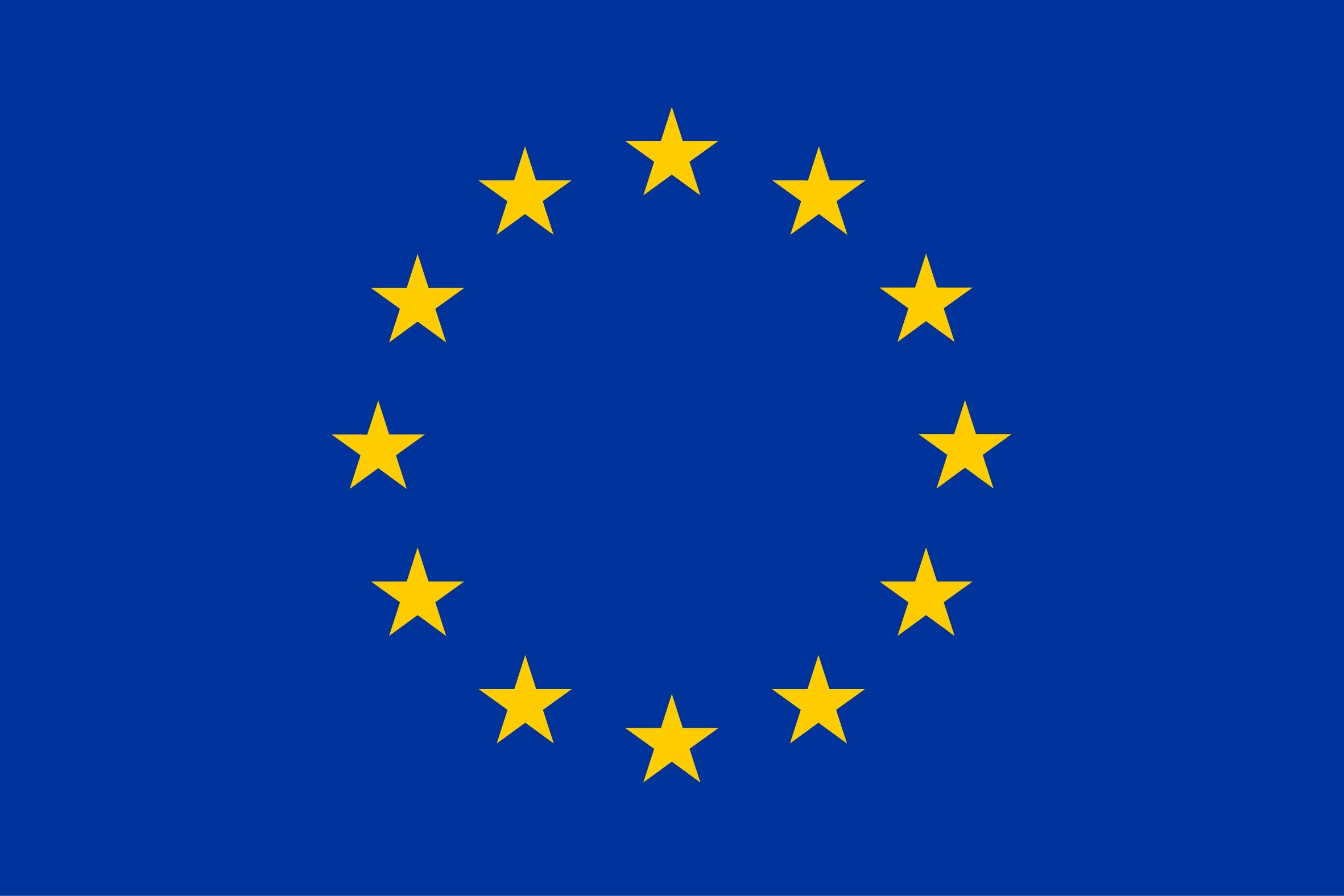

It is
However, for file transfer, LocalSend is a smoother UX and supports almost any device for transfer. It won me over from KDE connect because I can transfer things with different phones, friends’ comuters when they are here, work computer in rare cases with a portable install and no need to bond anything.



Wtf does IAG literally own everything?